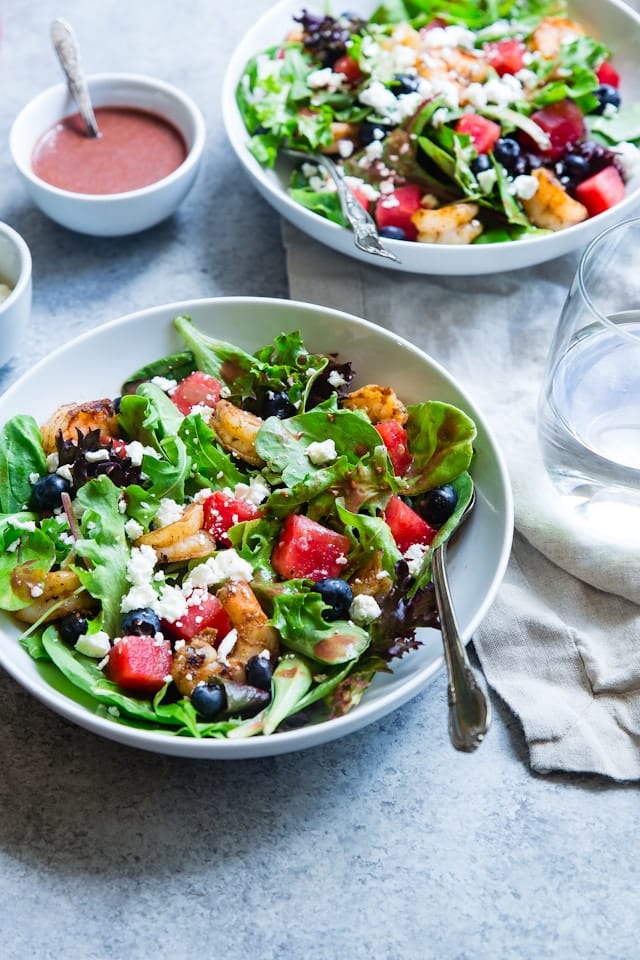Salads are a mainstay in any healthy diet. They are versatile, nutritious, and can be as simple or as complex as your palate desires. However, let’s face it; not all salads are created equal. How many times have you pushed around limp lettuce leaves in a bowl, desperately trying to find a morsel of flavor? In this article, we will discuss various techniques that can transform a basic salad into a gourmet creation with nuts and seeds. We will share some delicious recipes, tips on how to add the right dressing, and ideas on using fresh greens, kale, and roasted ingredients for more flavor. You will be amazed at how a few simple tweaks can elevate your salad from boring to extraordinary.
Breathe Life into Your Greens
The foundation of any salad is the greens. Often, we settle for the convenience of pre-packaged lettuce or spinach. However, using fresh, high-quality greens can make a world of difference in your salad.
Cela peut vous intéresser : Tips for hosting a vegan dinner party
When selecting greens, look for leaves that are bright and crisp. Avoid any with browning edges or slimy spots. There’s a wide variety of salad greens that you can explore. From the peppery bite of arugula to the subtle sweetness of butter lettuce, each type of green carries its unique flavor profile that can enhance your salad.
Kale is another excellent option for salads. Its hearty texture holds up well to dressings, and it packs a nutritional punch. However, it can be a bit tough. To soften kale, you can massage it with a little oil or dressing before adding it to your salad. This process, known as ‘kale massaging,’ helps break down the tough fibers, making the kale more palatable.
En parallèle : Can You Replicate Traditional Wood Oven Pizza Flavors in a Standard Home Oven?
Add Interest with Roasted Nuts and Seeds
Nothing jazzes up a salad like some crunchy roasted nuts and seeds. They add a burst of flavor, texture, and nutrition to your salad. Almonds, walnuts, pecans, pistachios, sunflower seeds, pumpkin seeds – the list goes on.
What’s more, roasting them brings out their natural oils, which adds a depth of flavor that raw nuts or seeds can’t match. To roast nuts and seeds, you can simply toss them in a little oil, sprinkle with salt, spread them out on a baking sheet, and roast in a 350°F oven for 10-15 minutes, stirring occasionally.
When it comes to incorporating nuts and seeds into your salad, don’t just dump them on top. Take the time to chop, slice, or crush them. This not only makes them easier to eat but also allows their flavor to meld better with the other ingredients in your salad.
Choose Your Dressing Wisely
The dressing is what pulls all the elements of your salad together. It provides the moisture and flavor that makes the salad enjoyable to eat.
Olive oil-based dressings are a classic choice for salads. They are not only healthier than many store-bought dressings, but they also let the flavors of the salad ingredients shine through. However, feel free to experiment with other types of oil like sesame, walnut, or avocado oil for a different flavor profile.
When making your dressing, remember the rule of three: three parts oil to one part acid. The acid could be any type of vinegar or citrus juice. After that, you can add any flavorings you like. Garlic, mustard, honey, herbs, and spices are all fair game.
Not Just Lettuce: Incorporate Other Fresh Ingredients
Beyond greens, nuts, and seeds, there’s a whole world of ingredients you can include in your salad. Fresh vegetables like bell peppers, cucumber, and cherry tomatoes add color and crunch. Fruits can contribute a sweet contrast to the savory elements of your salad. Try adding sliced strawberries or chunks of apple or pear.
Cheese is another fantastic addition to salads. Feta, goat cheese, and gorgonzola are all excellent choices. They add a creamy texture and a burst of tangy flavor. Just remember, a little goes a long way. You don’t want the cheese to overpower the other flavors in your salad.
The Art of Layering and Combining Flavors
Finally, let’s talk about the art of layering and combining flavors. This is where you can really let your creativity shine. The key is to have a balance of flavors and textures in your salad.
For example, if you’re using bitter greens like arugula or radicchio, consider pairing them with sweet elements like fresh fruit or a honey-based dressing to balance out the bitterness. If you’re adding crunchy nuts or seeds, consider adding some soft cheese for contrast.
Remember, creating a gourmet salad is not just about throwing together a bunch of ingredients. It’s about thoughtfully combining them in a way that delights your taste buds and leaves you satisfied. With these tips in mind, you’re well on your way to creating a salad that’s anything but basic.
The Wonders of Veggie and Fruit Add-Ins
A great salad is not just about greens, nuts, and seeds. It’s also about the variety of other fresh ingredients you can mix in. Vegetables like sweet peppers, cucumbers, avocados, and cherry tomatoes add vibrant colors, crunch, and diverse flavors to your salad.
Don’t underestimate the power of fruits in your salad either. They can serve as refreshing and sweet elements that contrast nicely with the savory notes of your salad. For instance, you can consider adding slices of fresh apples, strawberries, or chunks of pineapple. A garden salad can easily turn into a tropical delight with the addition of mango or kiwi. Dried fruits like cranberries and raisins can also work as sweet nuggets of flavor.
Incorporate cooked vegetables to add depth to your salad. Roasted butternut squash or sweet potatoes offer a pleasant sweetness that complements the crunchiness of your leafy greens. Grilled asparagus, zucchini, or eggplant slices can also add a smoky flavor and interesting texture.
Go Beyond Basic: Creative Salad Toppings and Add-Ins
Now let’s move on to exploring the world of salad toppings and add-ins that go beyond your traditional salad recipe. Cheese, for instance, is a great addition to any salad. A sprinkle of crumbled blue cheese, feta, or goat cheese can provide a creamy, tangy contrast to the crunchy nuts and seeds.
Don’t be afraid to incorporate grains into your salad. Quinoa, couscous, or farro can add a delightful chewy texture and make your salad more filling.
Hard-boiled eggs, grilled chicken, or smoked salmon can transform your salad from a side dish to a complete, protein-packed meal. Beans and legumes are also excellent additions that not only provide protein but fiber as well.
Finally, consider adding some pickled or fermented elements to your salads. Pickled onions, capers, or olives can bring a surprising tanginess that wakes up the palate.
Conclusion: Salad: The Canvas for Your Culinary Creativity
In conclusion, transforming a basic salad into a gourmet creation is not as complicated as it might seem. It’s all about learning to mix and match different elements and flavors in a way that pleases your taste buds. Remember, a salad is like a blank canvas, and you’re the artist.
Start with fresh, high-quality greens, add some roasted nuts and seeds for a flavorful crunch, choose your dressing wisely, and don’t forget to incorporate other fresh veggies and fruits. Use the art of layering and combining flavors to achieve a balance and complexity that will elevate your salad from the ordinary.
The next time you’re preparing a salad, dare to think outside the box. Experiment with the addition of grains, proteins, and pickled elements. You might just discover your new favorite salad recipe.
In the end, whether you want a simple green salad for lunch or a fancy kale salad with roasted pumpkin seeds, sweet potatoes, and blue cheese for a dinner party, remember these tips. They can help you turn any salad into a gourmet creation. Enjoy your salad adventures!











